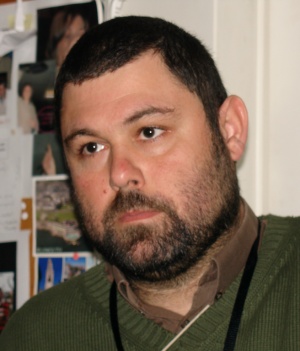Álvaro, N.M., Neto, A.I., Couto, R.P., Azevedo, J.M.N. & Rodrigues, A.S. (2016) Crabs tell the difference – relating trace metal content with land use and landscape attributes.
Chemosphere,
144, 1377-1383. DOI:10.1016/j.chemosphere.2015.10.022 (IF2016 4,208; Q1 Environmental Sciences)
Heavy metal concentration in a given locality depends upon its natural characteristics and level of anthropogenic pressure. Volcanic sites have a different heavy metal footprint from agriculture soils and both differ from urban centres. Different animal species absorb heavy metals differently according to their feeding behaviour and physiology. Depending on the capability to accumulate heavy metals, some species can be used in biomonitoring programs for the identification of disturbed areas. Crabs are included in these species and known to accumulate heavy metals. The present study investigates the potential of Pachygrapsus marmoratus (Fabricius, 1787), a small crab abundant in the Azores intertidal, as an indicator of the presence of heavy metals in Azorean coastal environments, comparing hydrothermal vent locations, urban centres and locations adjacent to agricultural activity. Specimens were collected in the same period and had their hepatopancreas removed, dried and analysed for heavy metals. Results revealed differences in concentration of the studied elements between all sampling sites, each one revealing a distinct heavy metal content. Fe, Cu, Mn, Zn and Cd are the metals responsible for separating the various sites. The concentration levels of the heavy metals recorded in the present study reflect the environmental available metals where the organisms live. This, associated to the large availability of P. marmoratus specimens in the Azores, and to the fact that these animals are easy to capture and handle, suggests this species as a potential bioindicator for heavy metal concentration in Azorean coastal areas, both humanized and naturally disturbed.



